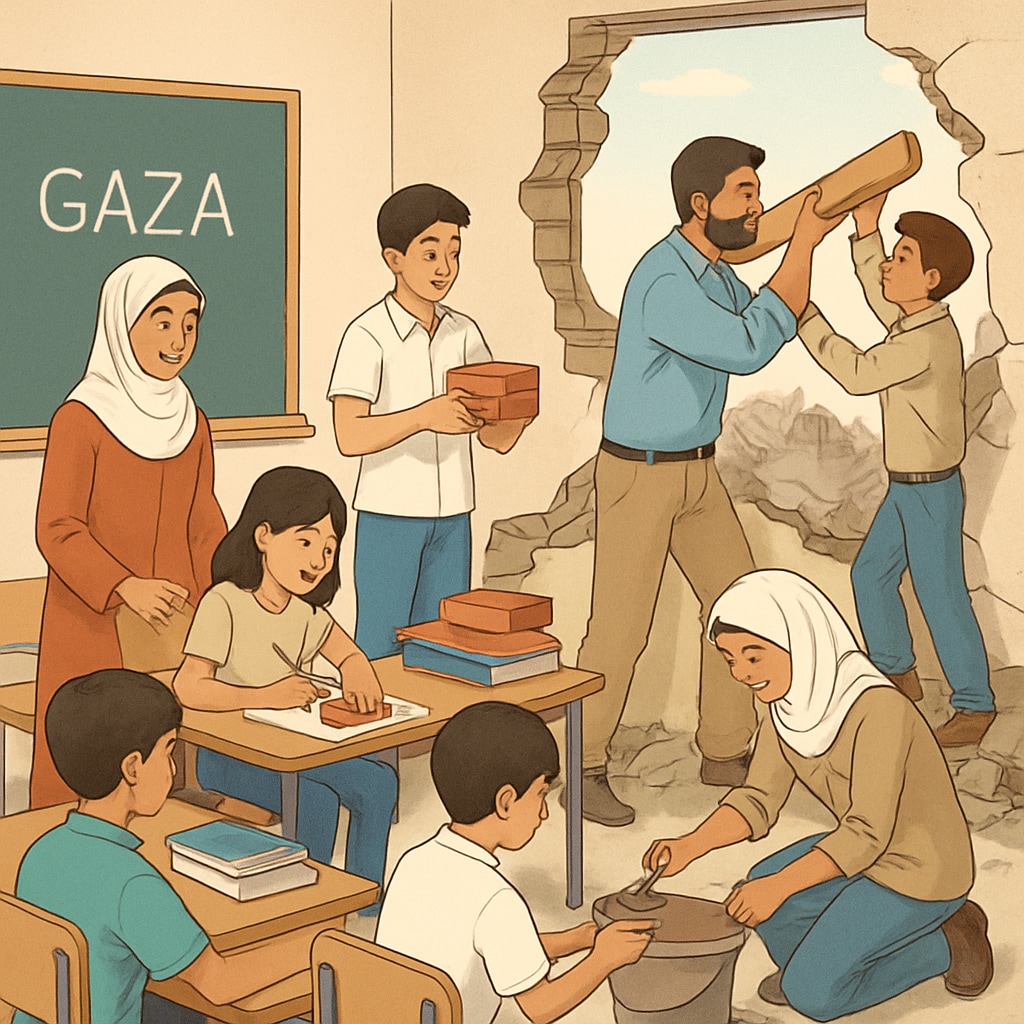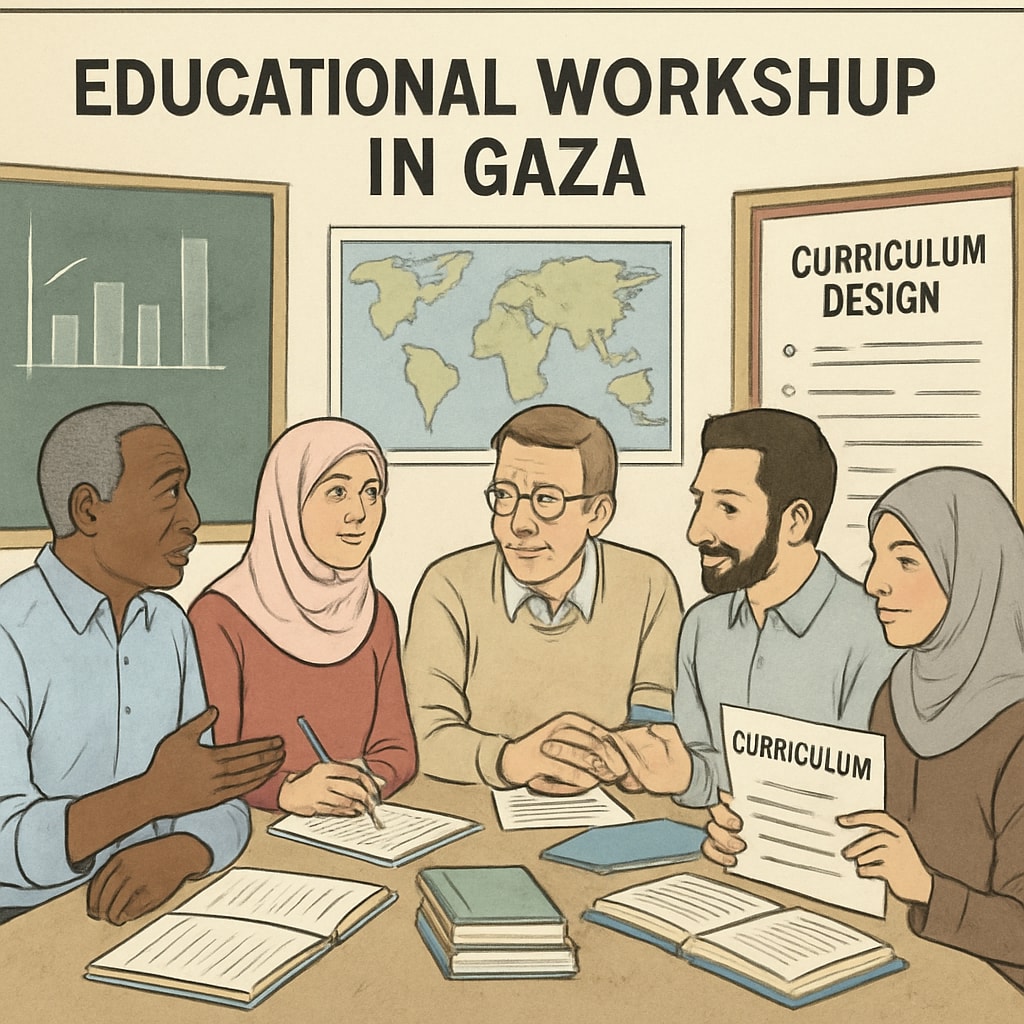The development of a robust and inclusive teaching framework for Gaza schools has become more urgent than ever. In the wake of recent conflicts, the need for science education and social studies curricula tailored to the region’s unique challenges is critical. These subjects hold the potential to equip Gaza’s youth with essential knowledge and skills, fostering resilience and paving the way for a peaceful and sustainable future.
Challenges in Rebuilding Gaza’s Education System
Gaza’s education system faces numerous challenges, including damaged infrastructure, limited resources, and interruptions caused by ongoing conflict. Many schools operate under severe constraints, with overcrowded classrooms and a lack of basic teaching materials. In addition, the socio-political context often complicates the development of curricula that are both objective and culturally sensitive.
Furthermore, the psychological impact of conflict on students and teachers cannot be overlooked. Trauma and instability affect learning outcomes, making it essential to integrate psychosocial support into the education system. A comprehensive curriculum must address these realities while providing students with the tools to understand and navigate their world.

Strategies for Developing Science and Social Studies Curricula
The creation of effective science and social studies curricula requires a multi-faceted approach. Here are some key strategies:
- Inclusivity: Curricula should represent diverse perspectives and respect the cultural and historical context of Gaza. This ensures that all students feel seen and valued in their education.
- Focus on Critical Thinking: Science education should emphasize the scientific method, encouraging students to question, analyze, and experiment. Social studies should foster critical thinking about history, geography, and civic responsibilities.
- Adaptability: The curriculum must be adaptable to resource constraints, allowing teachers to implement lessons effectively despite limited materials.
- Integration of Technology: Leveraging digital tools and online resources can bridge gaps in physical resources and provide access to global knowledge. For example, platforms like Khan Academy offer free educational content.
- Promoting Peace and Cooperation: Social studies curricula should include modules on conflict resolution, empathy, and global citizenship to nurture future leaders who can contribute to peacebuilding efforts.
By addressing these areas, educators and policymakers can design curricula that not only meet academic standards but also support the holistic development of students.
The Role of International Collaboration
International organizations and educational experts play a crucial role in supporting Gaza’s education reforms. Collaborative efforts can bring in financial resources, training for teachers, and access to educational materials. For example, organizations like UNESCO have historically contributed to rebuilding education systems in post-conflict regions.
Moreover, partnerships can facilitate the exchange of ideas and best practices, ensuring that Gaza’s curricula align with global educational standards while addressing local needs. This dual approach is vital for preparing students to compete in a globalized world.

Conclusion: Building a Foundation for Peace
Rebuilding Gaza’s education system is not just about restoring schools; it is about laying the groundwork for a brighter future. A well-designed science and social studies curriculum can empower students with the knowledge, skills, and values needed to overcome challenges and contribute positively to their communities.
As the international community continues to support Gaza, it is essential to prioritize education as a tool for long-term development and peace. By investing in inclusive and innovative curricula, we can help create a generation of learners who are not only academically equipped but also emotionally and socially prepared to shape a better tomorrow.
Readability guidance: This article uses short paragraphs and clear headers to improve readability. Lists are included to summarize key points, and transition words are used to maintain a logical flow. Efforts have been made to avoid long sentences and passive constructions.


